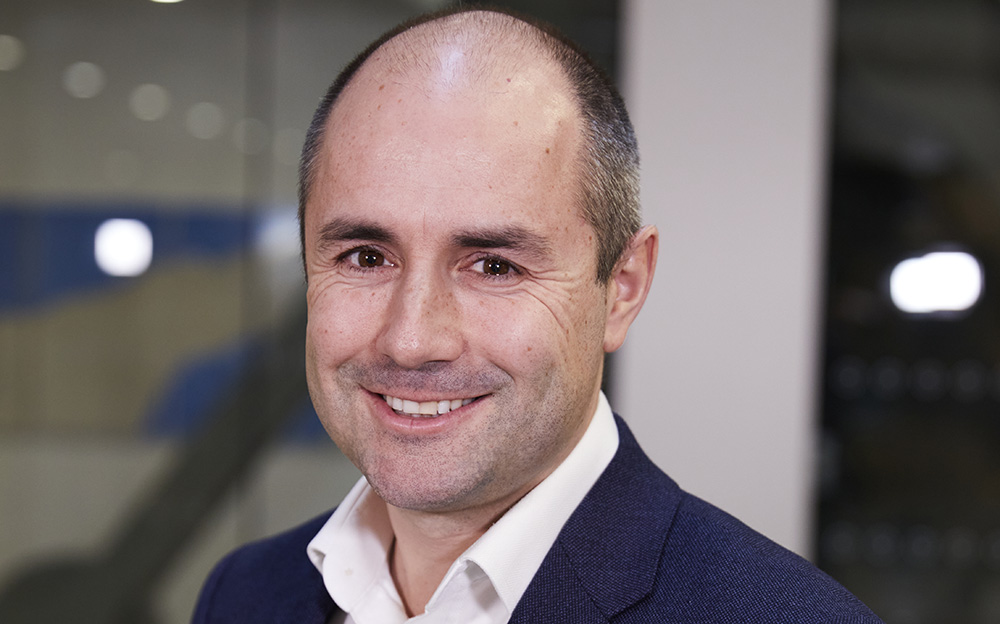LBO + ABL = A winning formula for PE

In today’s economic climate, the LBO has emerged as a significant structure in corporate finance. It involves acquiring a company primarily using debt as the main source of consideration. LBOs have gained popularity in the private equity space, where they are structured with a high debt-to-equity ratio.
Traditionally, private equity firms use leverage to pursue buyout transactions to generate an increased return on equity (ROE) and internal rate of return (IRR). However, the current macroeconomic climate has thrust the nation into a state of economic uncertainty. As a result, numerous companies are finding themselves in need of funding.
A decline in leverage risk appetite has led private equity houses to continuously turn to LBO structures, to secure an increased amount of balance sheet funding and unlock the value of assets. These transactions are becoming increasingly popular and more widely used to minimise equity capital investment and subsequent risk while maximising returns.
ABL offers structured facilities that can leverage all balance sheet assets, offering a versatile solution that works well in all scenarios, particularly during periods of volatility. In such times, traditional banks may either retreat to focus on their existing portfolios or fail to step up to support businesses as markets accelerate.
There is plenty of dry powder in the private equity space, however economic uncertainty has led private equity firms to shift their focus away from M&A activity to supporting their portfolio companies. The decline in risk appetite in the private equity sphere, in turn, has led to the rise of the LBO market and the increasing importance of ABL.
ABL in the private credit market
While LBO financing capacity in the public credit markets evaporated in the second half of 2022, private credit continued to underwrite deals. JPMorgan estimates the size of the private market to be $1.2trn as of 2022, with private credit remaining a growth area.
While banks played a major role in the LBO boom of the 1980s, these small loan sizes and reduced risk appetite have catapulted the use of private credit within the LBO space. In economic uncertainty, flexibility around terms of leverage can become an increasingly important consideration as they significantly impact returns. The high debt-to-equity ratio can help amplify the multiple on capital invested, and in turn, significantly multiply the ROE and IRR on equity invested.
With asset-heavy sectors dominating LBO transactions, it is evident that ABL has become a crucial element within the private credit and LBO sphere, displaying continuous growth trends
Post-Covid, the prominent industries within LBO transactions are manufacturing (32.41%), services (31.52%), retail (8.34), communications (8%) and utilities (5.71%) – which all account for 86.35% of LBO lending worldwide. With asset-heavy sectors dominating LBO transactions, it is evident that ABL has become a crucial element within the private credit and LBO sphere, displaying continuous growth trends.
The benefits of LBOs do not come without some risk, as the increased debt-to-equity ratio inevitably multiplies the amount of debt repayments. However, with the right candidate and efficient operational monitoring, the advantages of LBOs to private equity firms outweigh the profitability risk.
Minova LBO – Overcoming complexity with creativity
Pan-European investment group Aurelius completed the acquisition of Minova in a global carve-out transaction from Orica Limited in October 2022. The acquisition spanned multiple jurisdictions, with assets held in the UK, US, Canada, Poland and Australia.
BZ completed an A$97m ($123m) senior debt facility as part of the Minova transaction with an enterprise value of A$180m ($229m). The high debt-to-equity ratio coupled with the quantity of jurisdictions within this transaction already acted as a deterrent to high street banks and alternative ABL lenders.
Furthermore, while the transaction was heavily asset-backed, the legalities across jurisdictions meant these assets could not be unlocked within the compressed timescales needed. Subsequently, a flexible approach was required, leading to the granting of an unsecured cashflow loan in the interim.
Commenting on BZ’s involvement in this transaction, Christopher Grünberg of Aurelius says: “Minova is a global manufacturer and supplier of safety equipment and ground support to mining, construction and infrastructure sectors, and was acquired by Aurelius in 2022. BZ provided a comprehensive hybrid funding package consisting of ABL facilities [against different asset classes] in Europe, Australia and the US, as well as cashflow loans which were used to partially finance the purchase price as well as for general working capital purposes.
“This was the ideal financing strategy for such a complex carve-out across several jurisdictions around the globe, and BZ was able to provide the deliverability and funding certainty which was required for this transaction.”
This content was produced in association with
Categories: Insights Expert Commentaries
This content is free for all our visitors.
Would you like to check out the rest of our fantastic offering? Get in touch with us to discuss our trial and subscription options.
Contact us
